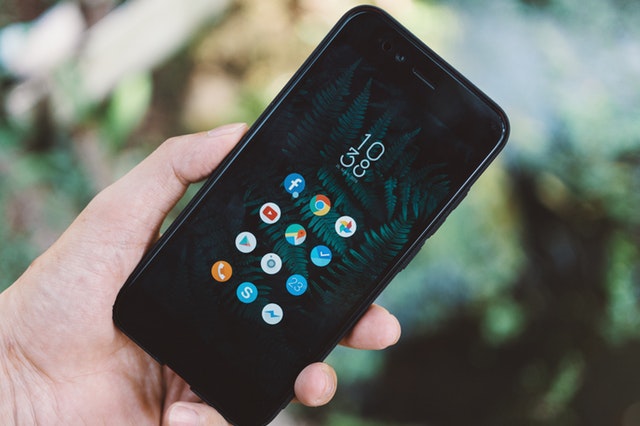The cellphones of old were big and inconvenient. But modern cellphones are so convenient that more than 90 percent of American adults have one as of 2013. In 2004, a little less than two-thirds of the whole population had a cellphone. There’s no debating that you need a phone that’s as reliable as possible. You can’t afford to miss an important message from your boss because your signal went out. Here are three ways to optimize your phone’s performance.
Don’t overload it with apps and photos
Smartphones have completely revolutionized the way we take photos. If you want to take photos on your vacation to Europe, you don’t need to pack a camera in your luggage. Why would you do that when you already have a much smaller camera in your purse or pocket? It’s true that smartphones are great for taking photos of your family on the beach, but they’re not so great for some other things.
Selfies are also a lot of fun, but they can be too much fun. Your phone shouldn’t be so full of selfies that you’re running out of storage for important things such as email apps. If you’re taking too many selfies, now is a great time to cut back. Really, you don’t need to post a photo of yourself every day on Instagram.
For most of us, photos and videos use up the most storage. But if you’ve cut back on selfies and deleted all those old photos of yourself making a duck face in the mirror, you may still need to do a bit more. The apps you use the least can use up a lot of your phone’s storage. For instance, if you use Lyft every weekend when you go out, keep the app on your phone. But if you only use it when you’re traveling, you might as well delete it until your next trip out of town.
Boost the signal
Most buildings were not designed with cellphone reception in mind. That means that some buildings are going to give you better reception than others. In general, it’s harder to get a signal in structures with a lot of concrete. That may help explain why you can’t text a friend from inside a parking garage.
But most of us don’t spend a lot of time in parking garages. We do spend a lot of time in our homes and offices, though. If those buildings aren’t giving you good reception, then you could really miss out on something critical. You don’t have to be tethered to your phone every minute of the day, but you do need to respond to messages, emails, and calls in a timely manner. If you’re constantly fighting with your building’s signal, cell phone boosters make sense.
Use Wi-Fi instead of data
The last tip is one of the easiest. Next time you’re out having coffee and checking your phone, try connecting to the coffee shop’s Wi-Fi instead of relying on your data. For starters, that lowers your phone bill. But it also lowers the strain on your phone’s battery.
Sure, you’ll find times when you may have to use data. If you’re in an area without any open Wi-Fi signals and you need directions, then you shouldn’t feel bad about using your phone’s GPS. But most phones are set up to automatically detect local connections. If a connection seems shady, don’t use it. But avoid updating your phone while you’re on cellular data.
And unless it’s an emergency, try not to download apps when you’re not connected to Wi-Fi. When you arrive at a new place where you’ll need to use your phone, make looking for an acceptable Wi-Fi connection a habit rather than an afterthought.

